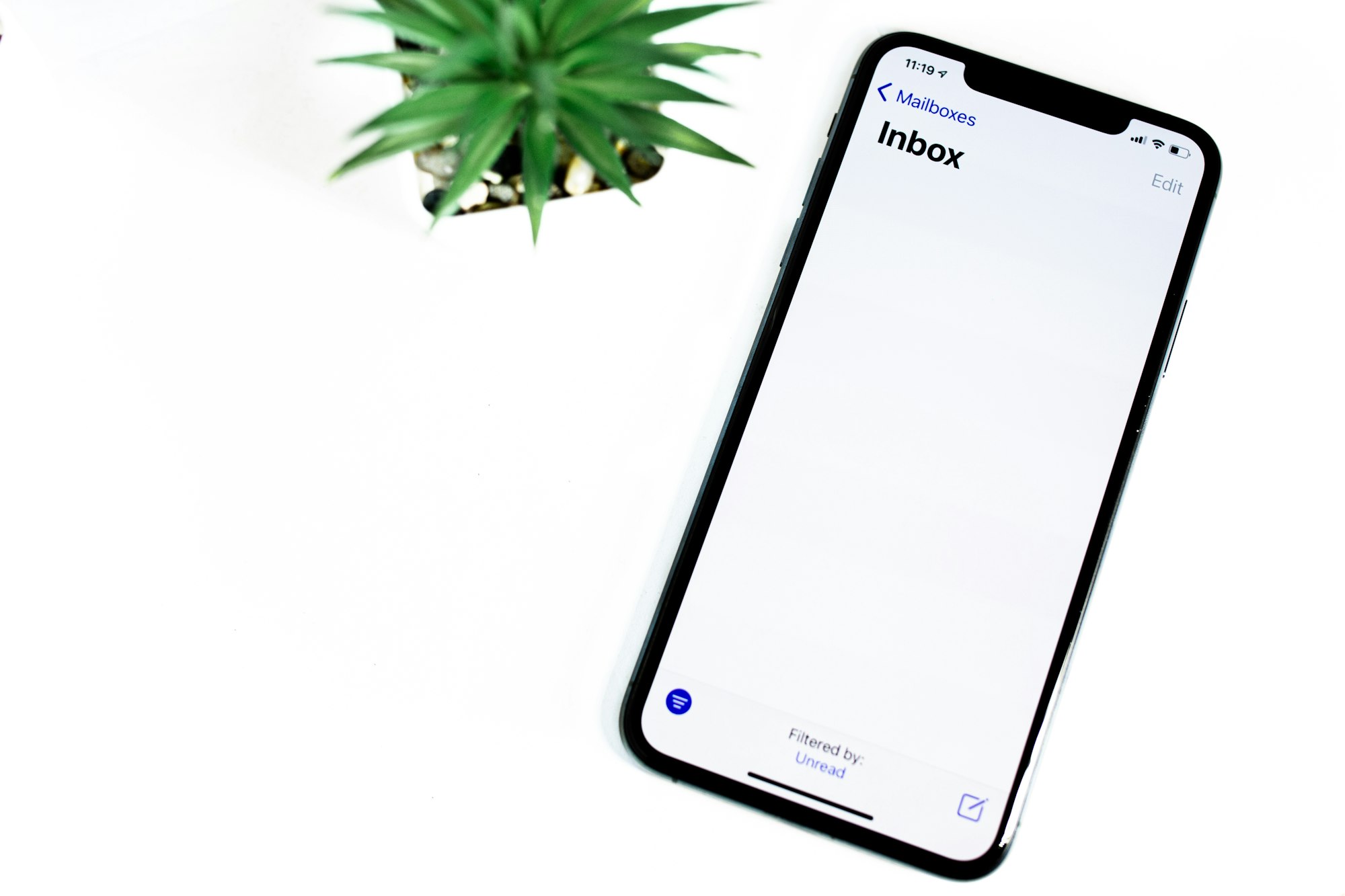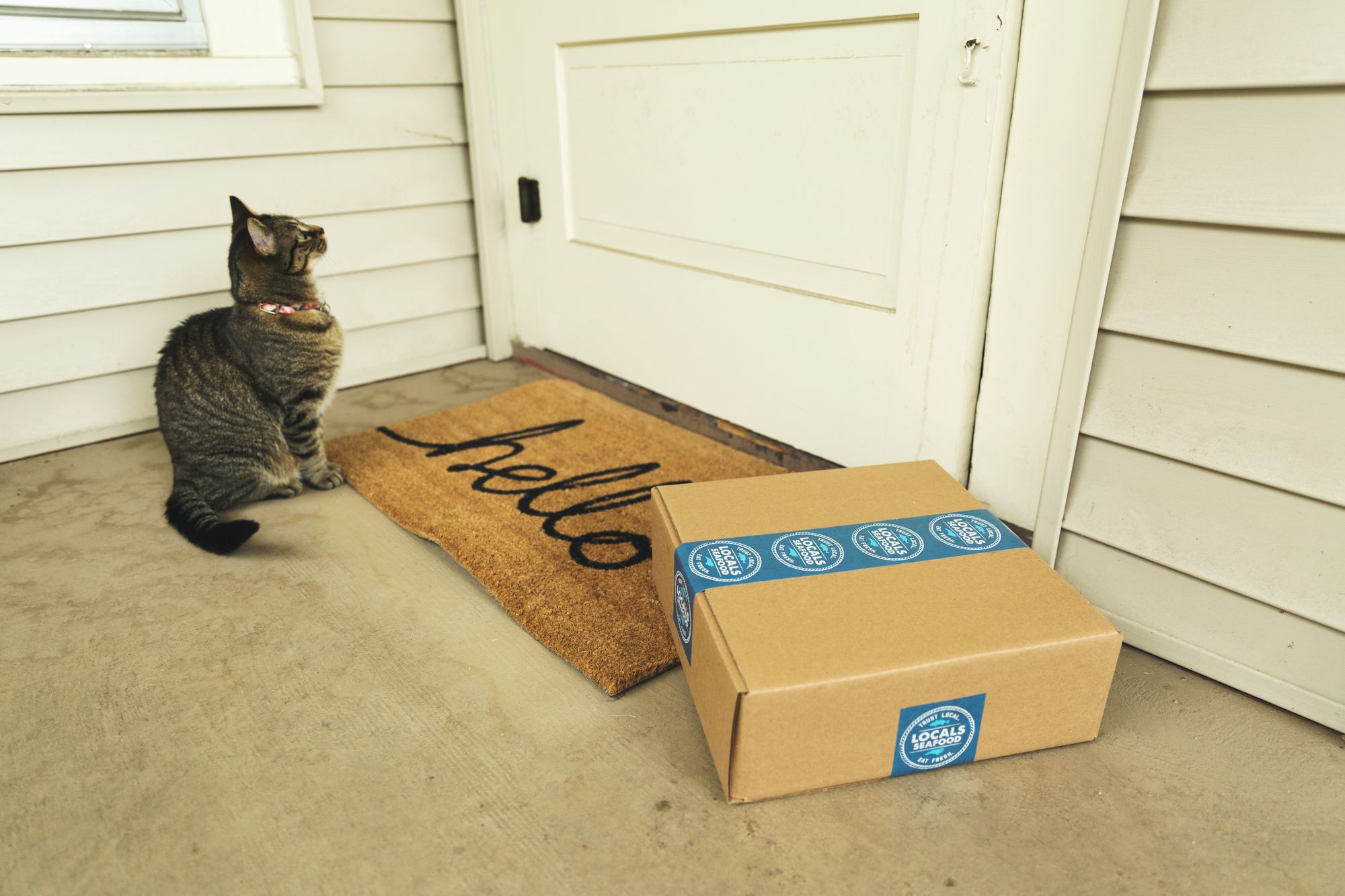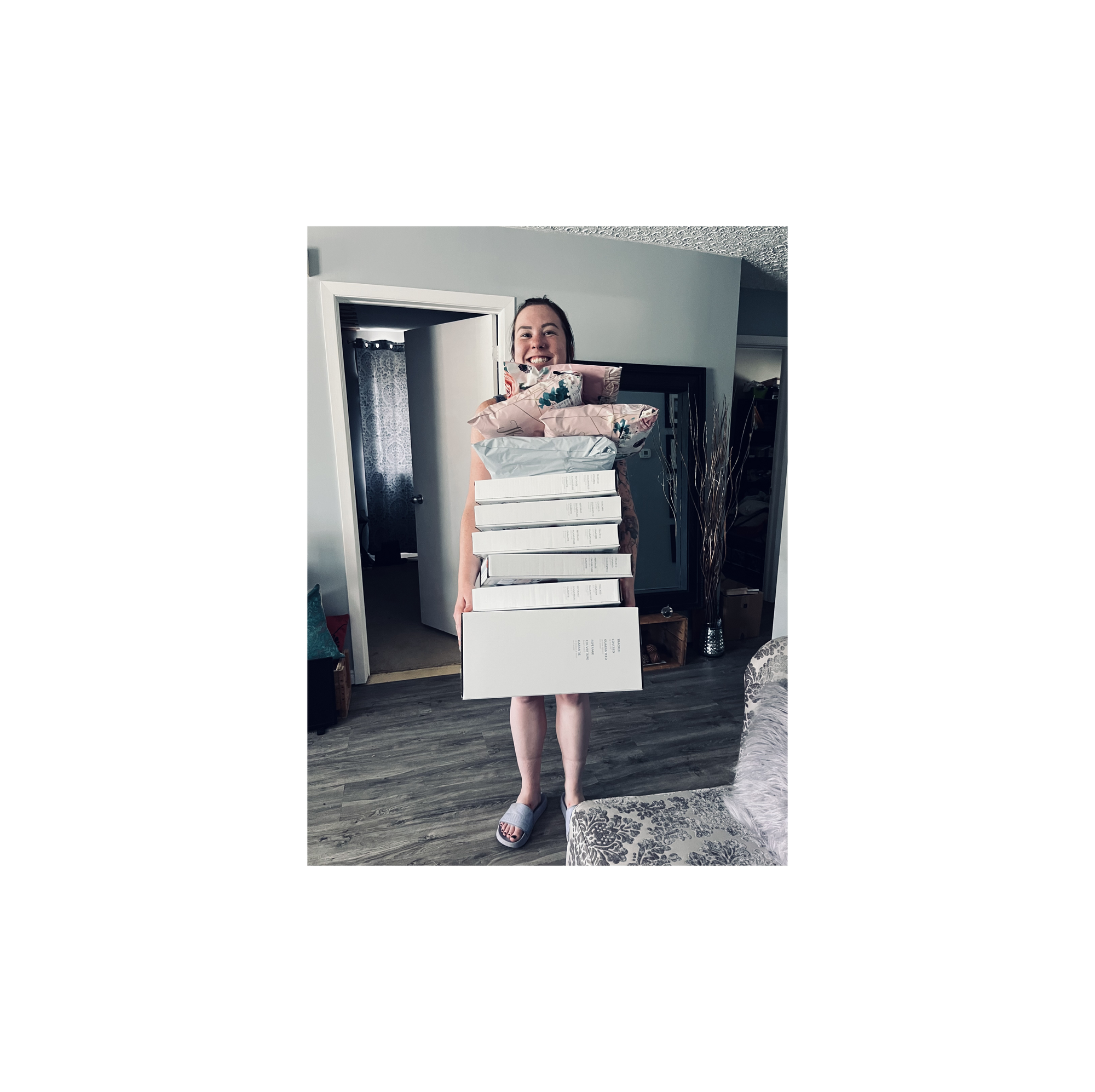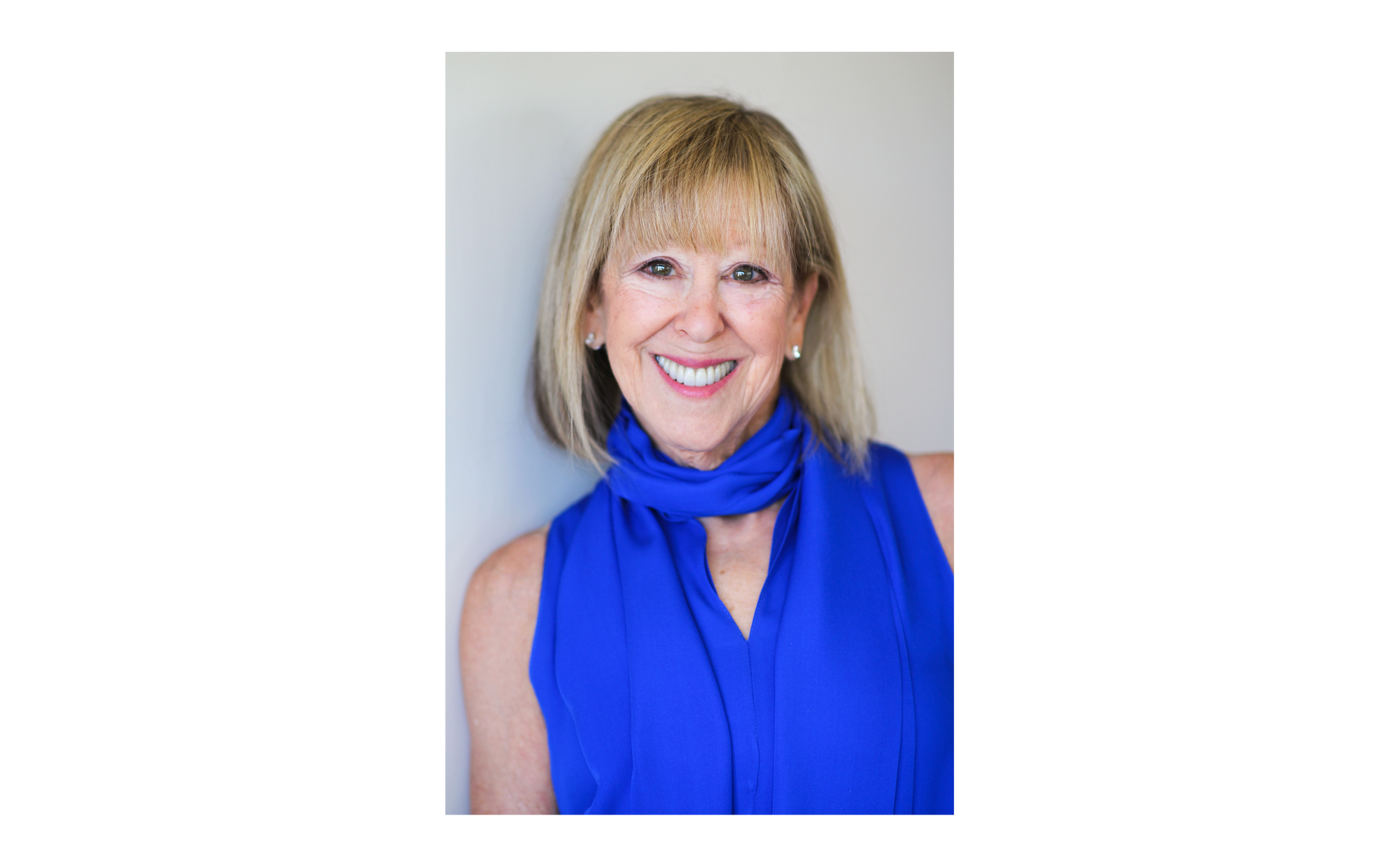In a world of Instagram and TikTok's, influencer marketing and ever-changing social media 'best practices', there is one marketing channel that's stayed surprisingly resilient over the past few decades - and that my friends is email!
Ok, so techniques, content and design may have continuously evolved, but the old premise of 'Sign up to a mailing list > receive a regular email > click on the relevant sections to you' is still standing up to the test of time as a marketers dream.
There are many possible reasons why email marketing is still in vogue - with the likely main candidate being that in an increasingly noisy world, full of 3rd party ad's and clickbait, email still acts as a direct conduit between two parties.
Don't like what you're receiving any more? Simply unsubscribe and never (hopefully) be bothered by that company/person again.
However... if you feel like you're getting a highly valuable piece of information in your inbox each day/week/whenevs then you will start to feel an affinity with the sender and a real connection and relationship may start to develop.
And this is why today, I'm talking about developing this relationship and seeing how you could turn an email list into engaged leads and hopefully paying subscribers or regular customers of your product or service.

Getting started in selling
Here's the TL;DR and honest truth - your email list probably won't turn into paying customers or subscribers automatically...
And that's because when persuading somebody to become your customer, it's always a balancing act between earning (their trust, their money) and selling (outright asking them to spend money on you!).
You'll want to post a mix of content that showcases your expertise, your personality, and consistently remind people that they can become a paying subscriber or customer of you at any time.
But of course, before you start with all that, you need to get the fundamentals right, and that begins by writing good emails.
Getting the basics of email right
Before we dive in, something important to keep in mind: the most important thing you can do, in order to convert people into paying subscribers, is to write good emails.
That doesn't mean you have to be a professional writer. In fact, far from it. It means only that you need to be yourself, to write authentically and from the heart, and to find interesting and accessible ways to share your expertise with your free email subscribers.
Think of it this way: every free post you send is an opportunity to bring email subscribers into your world, and show them why what you do is worth putting their time and money into.
You should use your emails to inspire curiosity, build relevance between your work and the real world, and just to... well... be yourself.
Nothing converts better!

But...make sure you don't spam
The first rule of thumb when it comes to converting email subscribers into paying subscribers is simple: don't spam!
You want to send emails only when you have something to say.
Generally, you never want to send two emails right in a row. (Studies show that the number one reason people end up unsubscribing from email lists is because they feel like they're receiving too many emails.)
For the majority of small business owners, sending one email a week is sufficient. If that sounds like too much, once a month is fine or even once every few weeks.
Make sure you also get the timings of your emails right. Best practices change per industry, for location and demographics but traditionally it's best to avoid early morning or late night sending. Tuesdays and Thursdays are usually good days to send, especially if you can catch office workers who may be bored and a willing audience for your hard crafted work.
However often you plan to send emails, just make sure you've set expectations with email subscribers and they can follow the pattern of your communication strategy.

How to write a great email
Every email you send should be useful or interesting. Each should convey either important information for your email subscribers to know (announcements, events, sales), or genuinely meaningful information or stories about your work and what makes your approach to it unique.
If that sounds challenging, fear not. You have plenty of things to say about the work that you do, you may just not realize it yet.
Here's some of our top tips for writing great emails:
- Your welcome email: This is the first email any subscriber to your email list should receive. It will lay the groundwork for who you are, what they can expect (cadence of emails, types of subject matter), and welcome to the fold.
- The "how I got started" email: We all have a story about why we got into the work we're doing, and chances are yours is pretty interesting and worth sharing.
- The "key mistake I've made—and what I learned from it" email: Talking about the mistakes you've made is a great way to build trust, and it's also highly relatable. (We've all made 'em.)
Plus, it's a fun way to talk about how you've attained your expertise. Who hasn't learned some of life's best lessons from messing up once in a while? - The "something unusual I tried that ended up working out" email: We all experiment and take risks from time-to-time, especially with work, and sometimes it really works out.
These can be fun stories to tell, that can help show your real self to your email subscribers. - The recommendation email: What tool or resource you discovered that really makes a different, or really helps illuminate something interesting about your world.
- The behind-the-scenes email: What do you do to get ready for work? what does your own training or ongoing education look like? If you sell a product, what does manufacturing it look like?
These are all details you can share with email subscribers that will help show them the entirety of your work and your world. - The customer case study: Telling personal stories with real people can be a great way to share your world with potential paying subscribers.
For example: Think of how meaningful it feels to hear the story of Cecilia, a woman with severe anxiety, who learned through the practice of yoga with you how to build better habits and improve her mental health.
That anecdote is meaningful and emotional, but also conveys important information about your expertise and ability in your field. It's perfect. - The "relevant to current events" email: Weigh in on a relevant, real world event or news story. Say you're a coffee shop owner and a new, interesting study just dropped on the health benefits of caffeine consumption.
Share that with subscribers and add your two cents! This will reiterate your credibility and expertise in your industry. - The hot take email: Perhaps there's an industry standard that you think is all wrong, or an approach that other people tend to take as a given that you do differently. Share it!
These types of posts tend to do well, because they cut against the grain of expectation and make people feel like they're learning something new, exclusive, and exciting. - The myth-buster email: You're an expert in your field, but it's likely that your email subscribers are not. They may have all kinds of stereotypes or myths in mind about whatever it is that you do. Think about how successful companies like Casper and Quip have been with this approach.
Both shared frequent content with potential customers about sleep habits and teeth brushing hygiene that helped educate people on sleep and hygiene habits that they weren't aware they could improve! - The how-to email: Focus in on one, highly specific area of your expertise and break it down to the absolute basics. A lot of small business owners or solo entrepreneurs overlook the value of this type of email.
Because they're so used to being experts in their field—they forget that a lot of other people simply don't know as much as them, and would be excited to learn! - The personal email: This is the type of email where you share something unexpected, personal, and a little vulnerable with your email subscribers.
What's a challenge you faced or had to overcome? How did you do it and what did you learn?
This email can be a little tough to write sometimes, because you have to dig in and be honest with yourself about stuff that might be hard, but they can build huge amounts of trust and dialogue with your email subscribers.
You may be surprised at how much feedback you get back! Putting yourself out there a little is a great way to invite email subscribers to do the same. - The "ask a question" email: Ask email subscribers about themselves! Invite them to respond and share something. Better yet, invite them to post their response somewhere public, like Twitter or Instagram, while sharing a relevant hashtag or tagging you.

Master the active upsell
From time-to-time, you do want to more actively persuade email subscribers to become paying subscribers and customers.
To do this, use deadlines (time-sensitive sales, limited-time offers) to inspire urgency, and motivate people to act. You can also tease subscriber-only content and experiences.
- Offer a limited-time discount. Email subscribers who have been thinking about becoming paid subscribers, but haven't pulled the trigger yet, are often motivated by a quick sale. You'll want to make sure to remind email subscribers a few times about a limited-time discount, and use the approaching deadline ("Only one day left to get this special price!") as a motivator of increasing urgency.
- Special endorsements or testimonials.
- Tease content or events that are available for paid subscribers only.
- Occasionally unlock subscriber-only content or share a video or class meant for subscribers.
Always include the passive upsell
It's good to get in the habit of including your subscription plans in all of your content, but particularly the emails you send to free email subscribers.
Having the information always available makes it easier for subscribers to upgrade on a whim, but also provides consistent context for why they're receiving your emails in the first place.

Find out what works best for you
At the end of the day, there is no one-size-fits-all template for converting your email subscribers to paying subscribers. What works for you will be relevant to who you are, what you're offering as a subscription plan, and what your relationship to your community is like.
You'll want to always be experimenting, tracking results, noting what works and what doesn't, and iterating accordingly.
Whatever you do with email, just make sure it reflects you, your brand and obviously starts to convert your email list into paying subscribers and customers.
We're wishing you the best of luck, now get to work and start making this happen!
Until next time...keep winning...
Jonny Quirk
If you like what you've read here, have your own success story, or want to join the conversation around entrepreneurship then hit me up on Twitter or check out our YouTube channel - I'm always around!
Feel inspired to start, run or grow your own business?
Check out subkit.com and learn how you can turn "one day" into day one.



